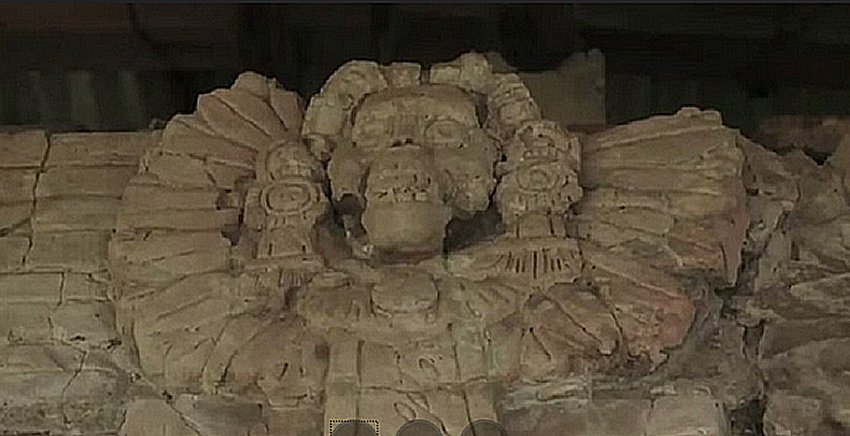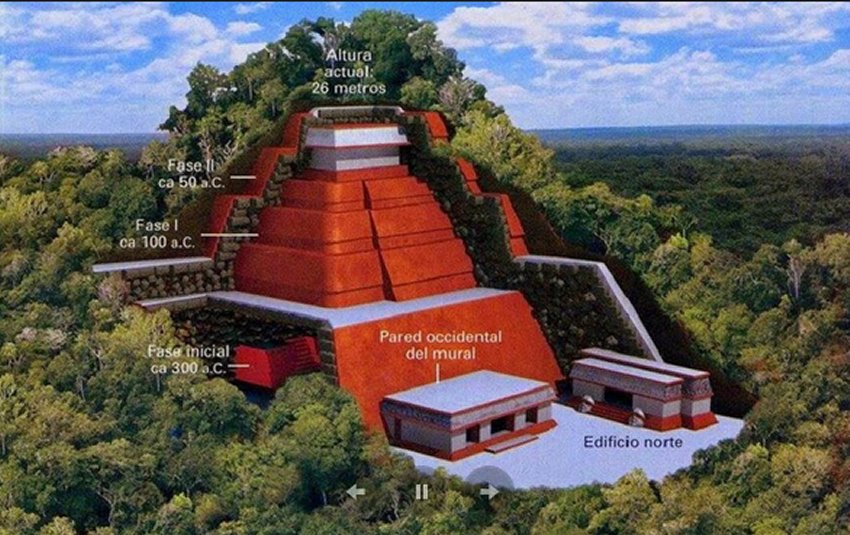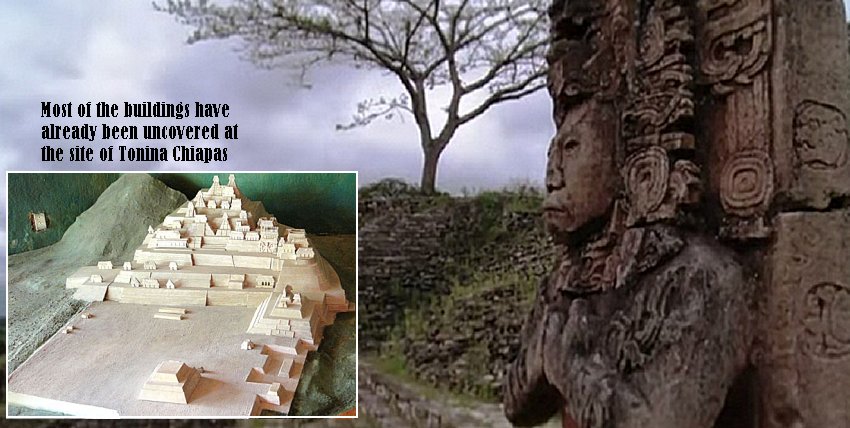‘Tonina Chiapas’ Mayan Pyramid In Southern Mexico Is Among The Largest Yet Found
A. Sutherland - AncientPages.com - The representation of the Sacred Mountain of the Mayas, is located only ten kilometers from a village Ocosingo in Chiapas between the famous Palenque and San Cristobal de las Casas, in the middle of the Lacandona jungle.
Fragment of glyphic text on the wall in the Tonina Palace. Image credit: INAH
Five years after its discovery, it has now been revealed the pyramid is among the largest yet found. The acropolis of Tonina Chiapas in southern Mexico has 208 stone steps leading from its base to its apex and is 75 meters or 65 meters tall.
A wall with a rich glyphic text including the complete name of the ruler that founded one of the most powerful Maya military seigniories was found in Tonina Archaeological Zone, in Chiapas, in southern Mexico.
The structure was constructed on a hill with seven platforms that made up a labyrinth.
The Mayans built palaces, temples, and altars to honor the sky, death, and the underworld. Between the 6th and 10th centuries, in Tonina lived warrior princes who ruled the cities in the basin of the River Usumacinta, including Palenque, Bonampak, and Yaxchila. This contradicts the idea of the Mayan world as being peaceful and mathematical.
The bas reliefs in stone and stucco, like the 'Four Suns' (Los cuatro soles) (and the 'Mural of skulls' (El mural de las calaveras), have clearly Toltec influences and represent particularly outstanding features.
Recent excavations have proven the Mayan city at Tonina to be double the size previously anticipated.
It is also being described as unique in that the city has seven clearly defined districts within its 10-12 ha boundary, each dedicated to a different purpose — such as palaces, temples, housing and administration.
The site has been classified as one of Mexico’s most important, with more than 300 hieroglyphic texts so far identified.
Tonina Chiapas according to an earlier impression of what the temple may look like. Image credit: INAH
The magnificent Tonina temple was not built on a hill as it was previously believed. Instead, the structure is artificial because it was almost entirely constructed by the ancient Maya architects.
A stone sarcophagus unearthed at the site of Tonina, has been dated by researchers to 840-900 AD. Inside were found the remains of bones and pottery, though an identity has not yet been established.
However, a hieroglyphic text found on a wall a few months ago has been found to carry the full name and a portrait of the Mayan chief who built the most important fortified house in the city, K’inich B’aaknal Chaahk — the sixth ruler of the 14 known to have ruled the city.
It is important to mention that according to archaeologist Dr Carlos Pallan Gayol from the National Institute of Anthropology and History (INAH), the wall is fundamental because it sheds more light on a chapter of Tonina history between 680 and 715 AD when the 6th seignior appears in the dynastic sequence of the site.
Until now, it is known that K’inich B’aaknal Chaahk was the ruler with greater political and hegemonic power in Tonina, a city known in its times as Po’ (white - in Mixe-Zoque language).”
Behind the wall was found a throne and inscriptions holding the dates of March and June of AD708.
Further translation of hieroglyphs will give a much better understanding as to why the Mayan civilization collapsed.
Written by – A. Sutherland - AncientPages.com Senior Staff Writer
Copyright © AncientPages.com All rights reserved. This material may not be published, broadcast, rewritten or redistributed in whole or part without the express written permission of AncientPages.com
Expand for referencesMore From Ancient Pages
-
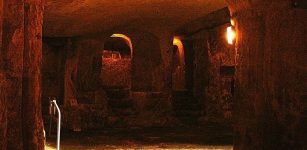 Magnificent St. Paul’s Catacombs – Largest Underground Roman Cemetery In Malta
Featured Stories | Aug 28, 2019
Magnificent St. Paul’s Catacombs – Largest Underground Roman Cemetery In Malta
Featured Stories | Aug 28, 2019 -
 The Sumerian King Who Received A Divine Tablet With Secrets Of The Gods And Changed History Of Mesopotamia
Featured Stories | May 30, 2021
The Sumerian King Who Received A Divine Tablet With Secrets Of The Gods And Changed History Of Mesopotamia
Featured Stories | May 30, 2021 -
 Rhetorica ad Herennium: Ancient Book That Improves Your Memory Using Method Of Loci – You Can Test It Easily
Featured Stories | Nov 13, 2023
Rhetorica ad Herennium: Ancient Book That Improves Your Memory Using Method Of Loci – You Can Test It Easily
Featured Stories | Nov 13, 2023 -
 Garamantes: 3,000-Year-Old Sophisticated North African Society Built 3,000-Mile Network Of Underground Irrigation Canals
Featured Stories | Jan 29, 2022
Garamantes: 3,000-Year-Old Sophisticated North African Society Built 3,000-Mile Network Of Underground Irrigation Canals
Featured Stories | Jan 29, 2022 -
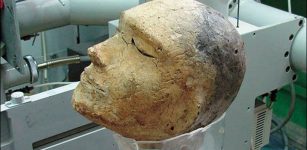 Mystery Of Unique 2,100-Year-Old Human Clay Head With A Ram’s Skull Inside
Archaeology | Apr 18, 2020
Mystery Of Unique 2,100-Year-Old Human Clay Head With A Ram’s Skull Inside
Archaeology | Apr 18, 2020 -
 Nomadic People’s 1,500-Year-Old Imperial Worship Unearthed In Hohhot, Inner Mongolia
Archaeology | Nov 18, 2020
Nomadic People’s 1,500-Year-Old Imperial Worship Unearthed In Hohhot, Inner Mongolia
Archaeology | Nov 18, 2020 -
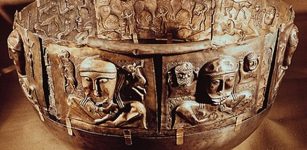 Gundestrup Cauldron: Great Gilded Silver Vessel Decorated With Scenes Derived From Celtic Mythology
Artifacts | May 30, 2016
Gundestrup Cauldron: Great Gilded Silver Vessel Decorated With Scenes Derived From Celtic Mythology
Artifacts | May 30, 2016 -
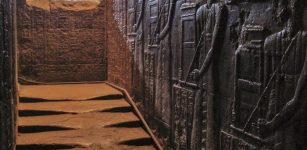 What Happened To The Staircase In The Temple Of The Goddess Hathor?
Civilizations | Mar 9, 2017
What Happened To The Staircase In The Temple Of The Goddess Hathor?
Civilizations | Mar 9, 2017 -
 Unsolved Old Cherokee Mystery In The Great Smoky Mountains
Featured Stories | Feb 27, 2024
Unsolved Old Cherokee Mystery In The Great Smoky Mountains
Featured Stories | Feb 27, 2024 -
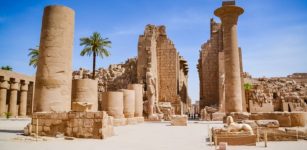 Gigantic Karnak Temple Complex: Advanced Ancient Technology In Egypt
Civilizations | Apr 6, 2017
Gigantic Karnak Temple Complex: Advanced Ancient Technology In Egypt
Civilizations | Apr 6, 2017 -
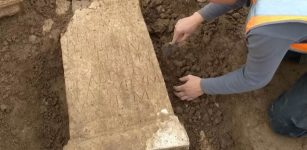 Amazing Discovery Of Ancient Roman Temple In The Netherlands Hailed As An Extraordinary Archaeological Find
Archaeology | Jun 20, 2022
Amazing Discovery Of Ancient Roman Temple In The Netherlands Hailed As An Extraordinary Archaeological Find
Archaeology | Jun 20, 2022 -
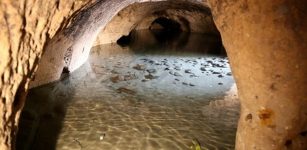 5,000-Year-Old Underground Partly Submerged City Discovered In Turkey’s Cappadocia
Archaeology | Jun 10, 2019
5,000-Year-Old Underground Partly Submerged City Discovered In Turkey’s Cappadocia
Archaeology | Jun 10, 2019 -
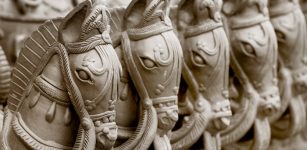 Legendary Uchchaihshravas: Divine Seven-Headed Flying Horse Of God Indra
Featured Stories | May 1, 2017
Legendary Uchchaihshravas: Divine Seven-Headed Flying Horse Of God Indra
Featured Stories | May 1, 2017 -
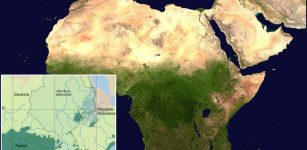 Climate Played A Crucial Role In Human Migration From Africa – New Study
Archaeology | Dec 8, 2023
Climate Played A Crucial Role In Human Migration From Africa – New Study
Archaeology | Dec 8, 2023 -
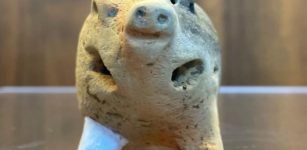 Unique Pig-Shaped Figurine Found In East China Was Probably A Child’s Toy 6,000-Years Ago
Archaeology | Jun 9, 2023
Unique Pig-Shaped Figurine Found In East China Was Probably A Child’s Toy 6,000-Years Ago
Archaeology | Jun 9, 2023 -
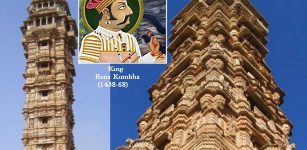 Spectacular Victory Tower Dedicated To Hindu God Vishnu And Pioneered By King Rana Kumbha
Featured Stories | Apr 25, 2021
Spectacular Victory Tower Dedicated To Hindu God Vishnu And Pioneered By King Rana Kumbha
Featured Stories | Apr 25, 2021 -
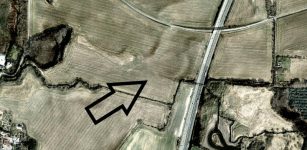 Archaeologists Uncover Secrets Of ‘Vallø Borgring’ Viking Age Circular Fortress
Archaeology | Oct 11, 2015
Archaeologists Uncover Secrets Of ‘Vallø Borgring’ Viking Age Circular Fortress
Archaeology | Oct 11, 2015 -
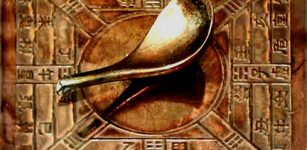 Magnetic Compass Was Invented In Ancient China
Ancient History Facts | Mar 18, 2016
Magnetic Compass Was Invented In Ancient China
Ancient History Facts | Mar 18, 2016 -
 Dangerous Anomaly Inside Mysterious European Mountain Remains Unexplained – Examining Evidence – Part 2
Featured Stories | Mar 17, 2021
Dangerous Anomaly Inside Mysterious European Mountain Remains Unexplained – Examining Evidence – Part 2
Featured Stories | Mar 17, 2021 -
 On This Day In History: ‘Earl of Northumberland’ Thomas Percy Executed Because He Was Catholic – On August 22, 1572
News | Aug 22, 2016
On This Day In History: ‘Earl of Northumberland’ Thomas Percy Executed Because He Was Catholic – On August 22, 1572
News | Aug 22, 2016


